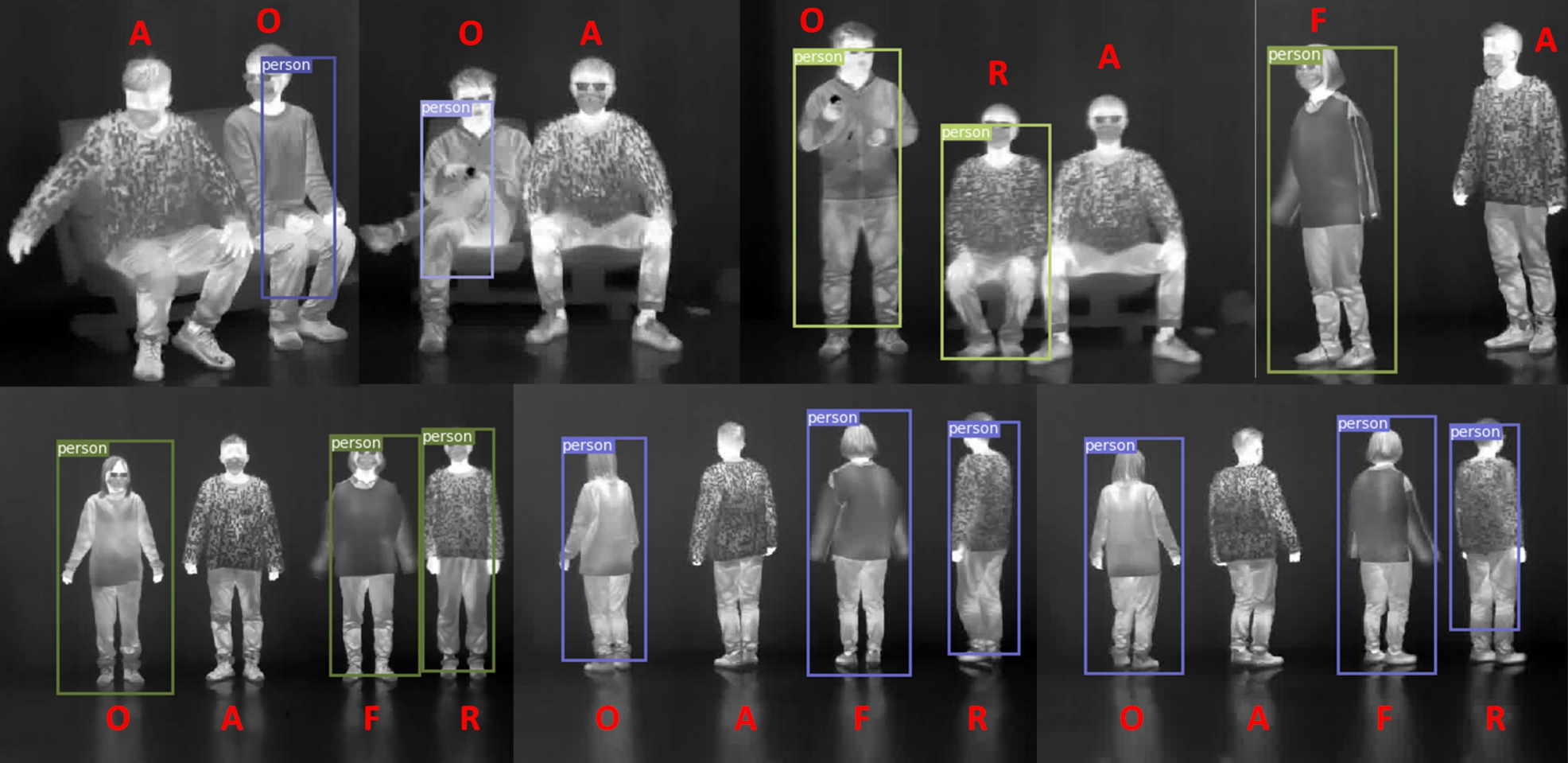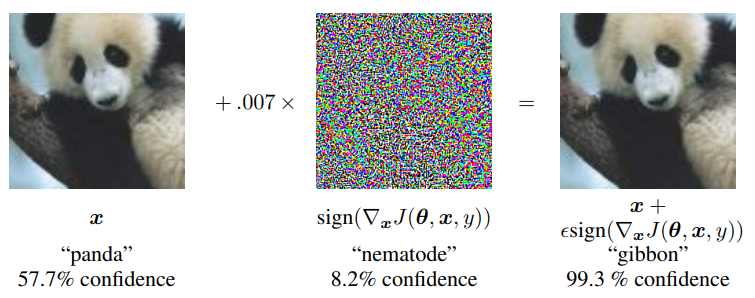AI security @ CVPR ’22: Backdoor/Trojan attacks research
A backdoor or Trojan attack compromises the model to produce outputs desired by the attacker when an input is manipulated in a certain way. Backdoor attacks give attackers a permanent unauthorized security pass, which poses a great AI security risk. In this post, I cover backdoor attacks research at CVPR ’22.





